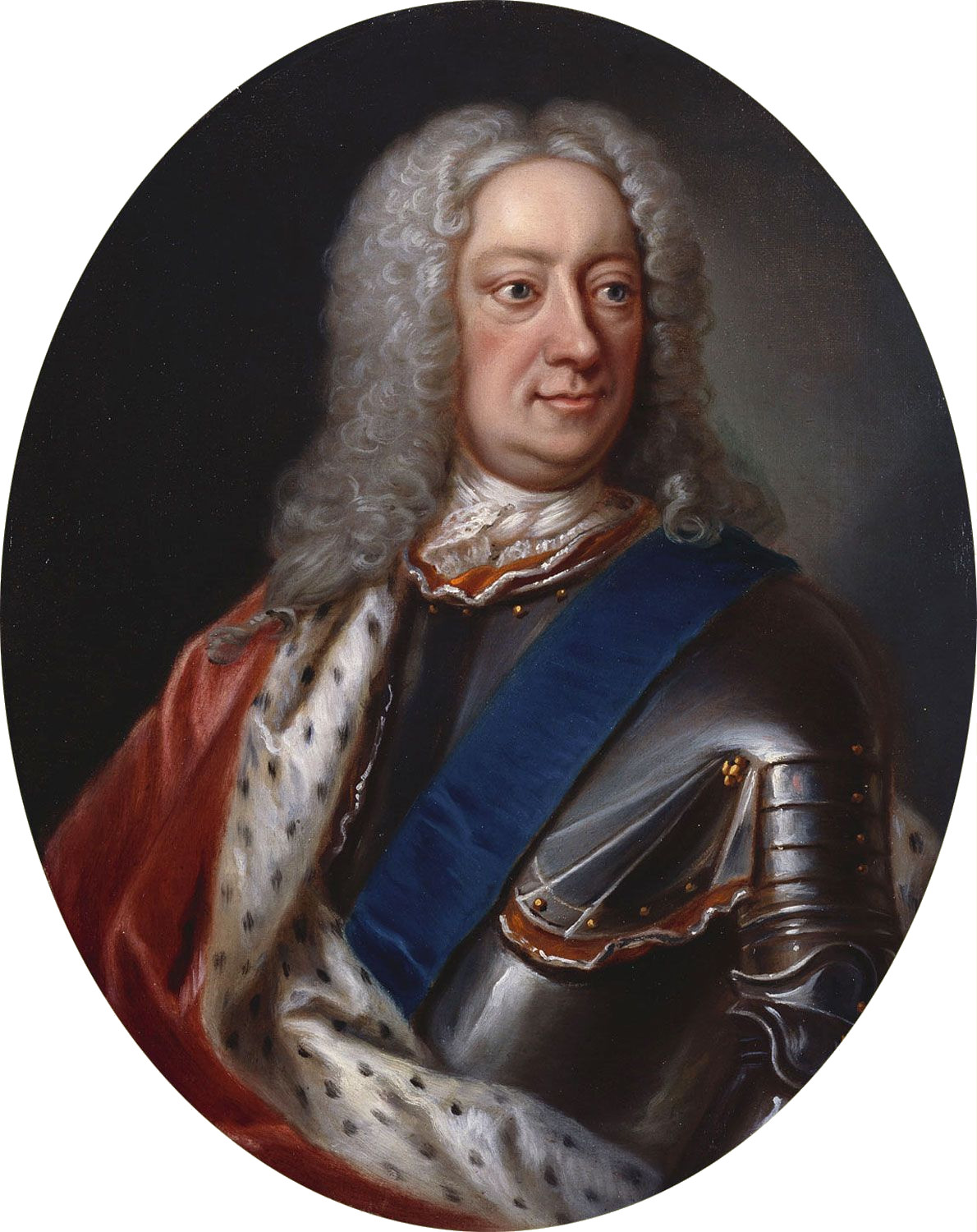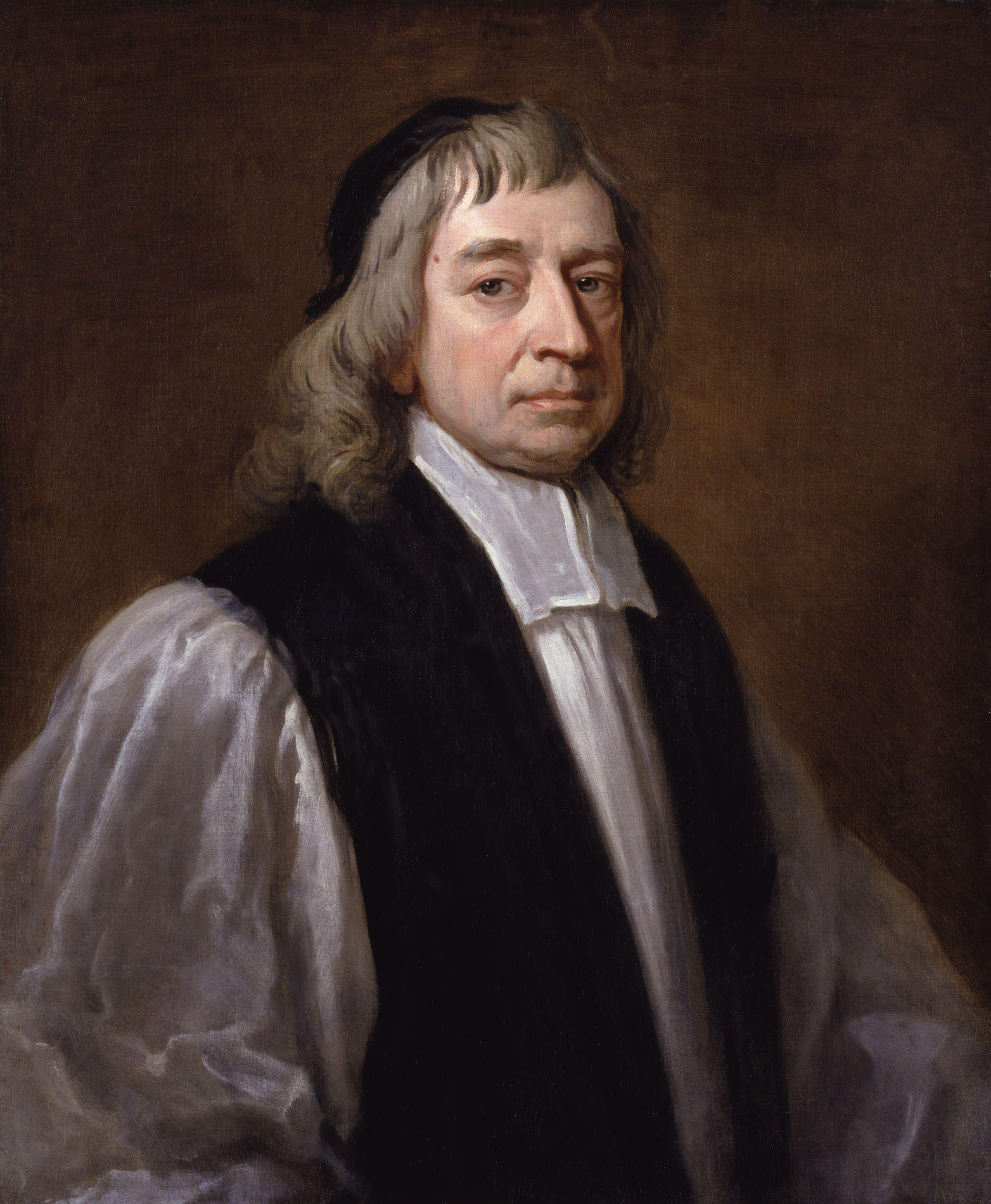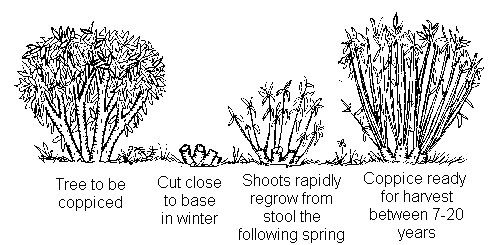|
Thomas Bowers (bishop)
Thomas Bowers (1660–1724) was an Anglican bishop of Chichester. The son of Mr. Richard Bowers, a draperVenn lists Bower's father as a draper but other sources, including Stephens. Memorials of the See. p. 308 suggest that Bowers father may have been a baker of Shrewsbury, he was educated at Shrewsbury School and St. John's College, Cambridge.VennAlumni Cantabrigienses (online ed.) Vol. 1. p. 190 Education Thomas Bowers was educated at Shrewsbury School, he matriculated on 13 June 1677, aged 17, and studied at St John's College, Cambridge as a sizar . He was awarded his BA in 1680 – 1681. He received his M.A.,in 1684 and his DD(Lambeth) in 1716. Career Thomas Bowers became a deacon at Norwich in June 1682, he was ordained on 20 December 1684 and appointed vicar of Hooe on 5 January 1687.Church of England Clergy Database Online On 5 September 1693 Bowers was appointed rector of Burwash then between 1705 – 1707 he was chaplain at Morden College, Blackheath, London. In 1715 ... [...More Info...] [...Related Items...] OR: [Wikipedia] [Google] [Baidu] |
Bishop Of Chichester
The Bishop of Chichester is the ordinary of the Church of England Diocese of Chichester in the Province of Canterbury. The diocese covers the counties of East and West Sussex. The see is based in the City of Chichester where the bishop's seat is located at the Cathedral Church of the Holy Trinity. On 3 May 2012 the appointment was announced of Martin Warner, Bishop of Whitby, as the next Bishop of Chichester. His enthronement took place on 25 November 2012 in Chichester Cathedral. The bishop's residence is The Palace, Chichester. Since 2015, Warner has also fulfilled the diocesan-wide role of alternative episcopal oversight, following the decision by Mark Sowerby, then Bishop of Horsham, to recognise the orders of priests and bishops who are women. Between 1984 and 2013, the Bishop of Chichester, in addition to being the diocesan bishop, also had specific oversight of the Chichester Episcopal Area (the then Archdeaconry of Chichester), which covered the coastal region of We ... [...More Info...] [...Related Items...] OR: [Wikipedia] [Google] [Baidu] |
Rectory
A clergy house is the residence, or former residence, of one or more priests or ministers of religion. Residences of this type can have a variety of names, such as manse, parsonage, rectory or vicarage. Function A clergy house is typically owned and maintained by a church, as a benefit to its clergy. This practice exists in many denominations because of the tendency of clergy to be transferred from one church to another at relatively frequent intervals. Also, in smaller communities, suitable housing is not as available. In addition, such a residence can be supplied in lieu of salary, which may not be able to be provided (especially at smaller congregations). Catholic clergy houses in particular may be lived in by several priests from a parish. Clergy houses frequently serve as the administrative office of the local parish, as well as a residence. They are normally located next to, or at least close to, the church their occupant serves. Partly because of the general conservati ... [...More Info...] [...Related Items...] OR: [Wikipedia] [Google] [Baidu] |
John Holles, 1st Duke Of Newcastle-upon-Tyne
John Holles, Duke of Newcastle-upon-Tyne, Order of the Garter, KG, Privy Council of the United Kingdom, PC (9 January 1662 – 15 July 1711) was an English Peerage of the United Kingdom, peer. Early life Holles was born in Edwinstowe, Nottinghamshire, the son of the Gilbert Holles, 3rd Earl of Clare, 3rd Earl of Clare and his wife Grace Pierrepont. Grace was a daughter of The Hon. William Pierrepont and granddaughter of the Robert Pierrepont, 1st Earl of Kingston-upon-Hull, 1st Earl of Kingston-upon-Hull. Politics Holles was elected MP for Nottinghamshire (UK Parliament constituency), Nottinghamshire as Lord Houghton on 14 January 1689, but was called to the House of Lords two days later when his father died and he became the 4th Earl of Clare. He was created the Duke of Newcastle-upon-Tyne, of the 2nd creation, in 1694. The Duke of Newcastle-upon-Tyne is a title which was created three times in British history. The first creation had become extinct when his father-in-law Henry ... [...More Info...] [...Related Items...] OR: [Wikipedia] [Google] [Baidu] |
Sir John Pelham, 3rd Baronet
Sir John Pelham, 3rd Baronet (1623–1703) was an English landowner and Member of Parliament who sat in the Commons between 1645 and 1698. Personal details John Pelham was born in 1623, eldest son of Sir Thomas Pelham, 2nd Baronet, and his wife Mary Wilbraham, daughter of Sir Roger Wilbraham, the Solicitor General for Ireland. In January 1647, he married Lady Lucy Sydney, daughter of Robert Sydney, 2nd Earl of Leicester and his wife Lady Dorothy Percy. They had three sons and three daughters: *Dorothy Pelham, died at two days old (15 December 1648 - 17 December 1648)Kent Achives U1475/F24 p.28 *Elizabeth Pelham, married Edward Montagu *Lucy Pelham, married Gervase Pierrepont, 1st Baron Pierrepont * Thomas Pelham, 1st Baron Pelham (1653–1712) *John Pelham, died unmarried * Henry Pelham (c.1661–1721) He was succeeded by his son Thomas who was created Baron Pelham in 1706. Career In 1645, Pelham was elected Member of Parliament for Hastings to replace disabled ... [...More Info...] [...Related Items...] OR: [Wikipedia] [Google] [Baidu] |
Thomas Pelham-Holles, 1st Duke Of Newcastle
Thomas Pelham-Holles, 1st Duke of Newcastle upon Tyne and 1st Duke of Newcastle-under-Lyne, (21 July 169317 November 1768) was a British Whig statesman who served as the 4th and 6th Prime Minister of Great Britain, his official life extended throughout the Whig supremacy of the 18th century. He is commonly known as the Duke of Newcastle. A protégé of Sir Robert Walpole, he served under him for more than 20 years until 1742. He held power with his brother, Prime Minister Henry Pelham, until 1754. He had then served as a Secretary of State continuously for 30 years and dominated British foreign policy. After Henry's death, the Duke of Newcastle was prime minister six years in two separate periods. While his first premiership was not particularly notable, Newcastle precipitated the Seven Years' War, and his weak diplomacy cost him the premiership. After his second term, he served briefly in Lord Rockingham's ministry, before he retired from government. He was most effective ... [...More Info...] [...Related Items...] OR: [Wikipedia] [Google] [Baidu] |
Whig (British Political Party)
The Whigs were a political faction and then a political party in the Parliaments of England, Scotland, Ireland, Great Britain and the United Kingdom. Between the 1680s and the 1850s, the Whigs contested power with their rivals, the Tories. The Whigs merged into the new Liberal Party with the Peelites and Radicals in the 1850s, and other Whigs left the Liberal Party in 1886 to form the Liberal Unionist Party, which merged into the Liberals' rival, the modern day Conservative Party, in 1912. The Whigs began as a political faction that opposed absolute monarchy and Catholic Emancipation, supporting constitutional monarchism with a parliamentary system. They played a central role in the Glorious Revolution of 1688 and were the standing enemies of the Roman Catholic Stuart kings and pretenders. The period known as the Whig Supremacy (1714–1760) was enabled by the Hanoverian succession of George I in 1714 and the failure of the Jacobite rising of 1715 by Tory rebels. The Whigs ... [...More Info...] [...Related Items...] OR: [Wikipedia] [Google] [Baidu] |
Compton Census
The Compton Census was a census of the population of England and Wales held in 1676 to determine their religious affiliation. Charles II's Lord Treasurer, Lord Danby, was pursuing a pro-Anglican policy. The King was sceptical of this, believing that it would unite the Nonconformists into a powerful bloc that would be too strong to be overcome. Danby devised an ecclesiastical census of the population to demonstrate the numerical inferiority of Nonconformists. As the Archbishop of Canterbury, Gilbert Sheldon, was too infirm Danby turned to the Bishop of London, Henry Compton. Compton's instructions were: First, What number of persons or at least families are by common account and estimation inhabiting within each parish subject under them .e. the Bishops Secondly, what number of Popish recusants, or such as are suspected of recusancy, are there among such inhabitants at present? Thirdly, what number of other Dissenters A dissenter (from the Latin ''dissentire'', "to disagree") ... [...More Info...] [...Related Items...] OR: [Wikipedia] [Google] [Baidu] |
Coppice
Coppicing is a traditional method of woodland management which exploits the capacity of many species of trees to put out new shoots from their stump or roots if cut down. In a coppiced wood, which is called a copse, young tree stems are repeatedly cut down to near ground level, resulting in a stool. New growth emerges, and after a number of years, the coppiced tree is harvested, and the cycle begins anew. Pollarding is a similar process carried out at a higher level on the tree in order to prevent grazing animals from eating new shoots. ''Daisugi'' (台杉, where ''sugi'' refers to Japanese cedar), is a similar Japanese technique. Many silviculture practices involve cutting and regrowth; coppicing has been of significance in many parts of lowland temperate Europe. The widespread and long-term practice of coppicing as a landscape-scale industry is something that remains of special importance in southern England. Many of the English language terms referenced in this article are pa ... [...More Info...] [...Related Items...] OR: [Wikipedia] [Google] [Baidu] |
Acres
The acre is a unit of land area used in the imperial and US customary systems. It is traditionally defined as the area of one chain by one furlong (66 by 660 feet), which is exactly equal to 10 square chains, of a square mile, 4,840 square yards, or 43,560 square feet, and approximately 4,047 m2, or about 40% of a hectare. Based upon the international yard and pound agreement of 1959, an acre may be declared as exactly 4,046.8564224 square metres. The acre is sometimes abbreviated ac but is usually spelled out as the word "acre".National Institute of Standards and Technolog(n.d.) General Tables of Units of Measurement . Traditionally, in the Middle Ages, an acre was conceived of as the area of land that could be ploughed by one man using a team of 8 oxen in one day. The acre is still a statutory measure in the United States. Both the international acre and the US survey acre are in use, but they differ by only four parts per million (see below). The most common use of ... [...More Info...] [...Related Items...] OR: [Wikipedia] [Google] [Baidu] |
Glebe
Glebe (; also known as church furlong, rectory manor or parson's close(s))McGurk 1970, p. 17 is an area of land within an ecclesiastical parish used to support a parish priest. The land may be owned by the church, or its profits may be reserved to the church. Medieval origins In the Roman Catholic, Anglican and Presbyterian traditions, a glebe is land belonging to a benefice and so by default to its incumbent. In other words, "glebe is land (in addition to or including the parsonage house/rectory and grounds) which was assigned to support the priest".Coredon 2007, p. 140 The word ''glebe'' itself comes from Middle English, from the Old French (originally from la, gleba or , "clod, land, soil"). Glebe land can include strips in the open-field system or portions grouped together into a compact plot of land. In early times, tithes provided the main means of support for the parish clergy, but glebe land was either granted by any lord of the manor of the church's parish (sometime ... [...More Info...] [...Related Items...] OR: [Wikipedia] [Google] [Baidu] |
Court Of First Fruits And Tenths
First Fruits and Tenths was a form of tax on clergy taking up a benefice or ecclesiastical position in Great Britain. The Court of First Fruits and Tenths was established in 1540 to collect from clerical benefices certain moneys that had previously been sent to Rome. Clergy had to pay a portion of their first year's income (known as annates) and a tenth of their revenue annually thereafter. Originally, the money was paid to the papacy, but Henry VIII's 1534 statute diverted the money to the English Crown as part of his campaign to pressure the Pope into granting him an annulment of his marriage with Catherine of Aragon. The 1534 Act of Conditional Restraint of Annates allowed taxes on first fruits and tenths (of benefice’s income) to be transferred from the Pope to the King. Thomas Cromwell set up a special financial administration for these revenues. Following his removal from office, a separate administration was established: the Court of First Fruits and Tenths. In 1554 ... [...More Info...] [...Related Items...] OR: [Wikipedia] [Google] [Baidu] |

_MET_DP-12800-026.jpg)




